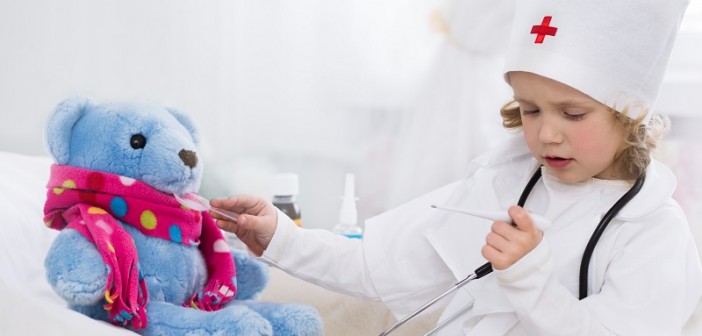Caring for children requires a lot of time and effort, and it’s complicated by the fact that every child is different and there is no single manual, parenting style, or method that works perfectly for every individual person or family. This can become even more complex when a child develops health issues. Part of helping a child suffering from illness to have as full a life as possible is to seek out effective treatment options and learn how to handle the challenges that a specific illness or condition presents. Such is the case with lymphedema.
Understanding Lymphedema
The tubes that end up picking up lymph fluid from different parts of the body are a large part of what make up the lymph system. Lymph passes through the lymph nodes in this system that is also responsible for housing lymphocytes, also known as white blood cells, which fight off infections and diseases. Lymphedema occurs when the protein-rich lymph builds up and causes swelling in the body, usually in the arms or legs. This happens when the lymph system is unable to properly drain lymph for reasons such as improper development, damage to, or not enough lymph vessels. Primary lymphedema occurs when a child is born with fewer or abnormal lymph vessels.
In children, lymphedema may be noticeable if a specific part of the body looks larger than normal. Although it often presents in an arm or leg, it can also cause swelling in the trunk area, neck, or head. Swelling often worsens at the end of the day or after activity. Normal swelling will usually go down with rest and raising of the swollen area. With lymphedema, the swelling does not go away, and the condition requires treatment to overcome the symptoms.
Diagnosing and Treatment
Parents who notice abnormal swelling in a child should have the child examined by a physician. It can often be diagnosed through a thorough examination and tests such as an ultrasound, MRI, or lymphography. It might also be wise to consider genetic testing and counseling, as lymphedema can be a genetic condition passed down in a family. While there is no cure for lymphedema, it can be treated to reduce swelling and prevent complications such as infections. There are a variety of treatment options:
- Physical Activity. Regular exercise and therapy to promote frequent movement throughout the day can help reduce and prevent swelling.
- Lymph Drainage. Gentle massage movements can assist with the flow of lymph and reduce swelling in a specific area by promoting drainage. Parents and children can learn to do this at home, too.
- Skin Care. Keeping the skin clean can help to reduce the risk of infection. It is also important to know how to treat the signs of infection early on and how to take care of any wounds.
- Compression Therapy. Compression garments can stretch around specific areas of the body to assist lymph flow and prevent it from building up in a particular part of the body.
Be Sure to Consult With Your Doctor
If ever there are complications while caring for your child, it is important to consult with your child’s doctor. Through proper education and vigilance, children with lymphedema can manage swelling and lead great, fulfilling lives.




